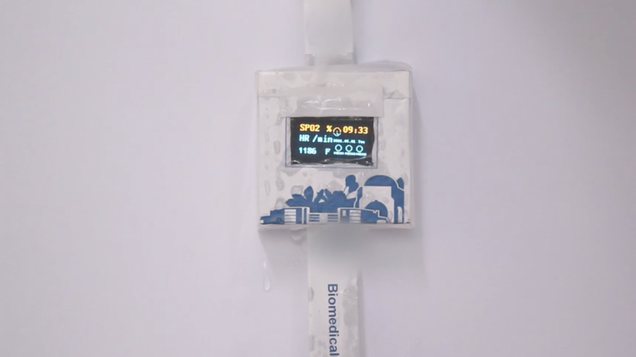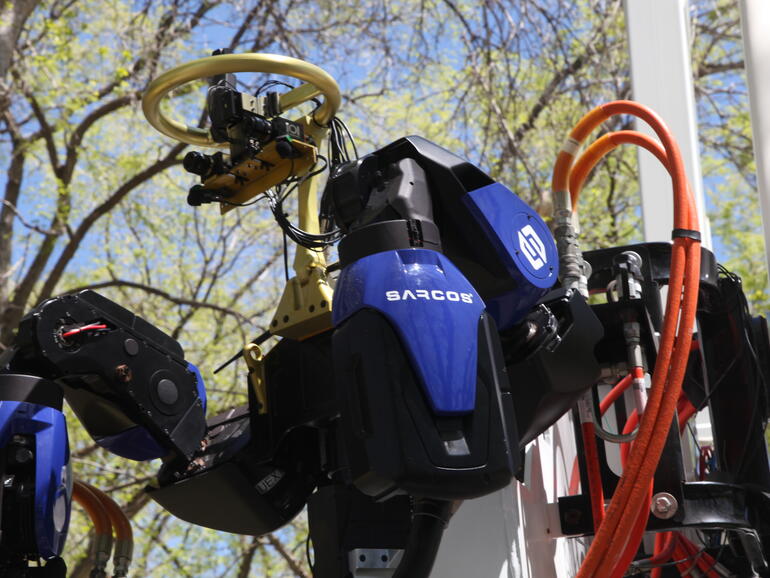The problem of recycling has become an ailment for society. There are more materials on the planet than humans can manage. More often than not, these materials are made from materials that do not disintegrate easily and are left on the surface of the earth for centuries before their decomposition can begin.
This issue of slow recycling and less reusability is contributing to increasing landfills and pollution on the planet. Scientists and researchers have been working dedicatedly to find solutions for this problem and every now and then, they are able to find a feasible solution for either recycling, reusing, or reducing the waste.

Recently, they have designed a smartwatch from scratch that will be dissolved in the water. Usually, these materials are very difficult and costly to be made to disintegrate. This is because it requires exceptionally high Watts of power to be able to do so. Now, the task is made quite cost-effective and convenient.
The major parts of a watch will be dissolved in water, leaving behind a minimal amount of waste. The project is done by China’s Tianjin University. This facility was the same one that made a unique type of zinc-based nanocomposite material that had the ability to be dissolved in water. It was intended to use for the one-time or short-term setup of circuits, but it was not conductive enough to power consumer devices.
In order to overcome this hiccup, they added silver nanowires in the zinc-based nanocomposite which made the material significantly conductive. It was screen-printed onto a degradable polymer called polyvinyl alcohol and then was turned into solid with the help of a series of chemical reactions amplified by water molecules.

These circuit boards made were then packed inside casings made of more polyvinyl alcohol. The system also has sensors to detect heart rate, the oxygen level in the blood, and the number of steps taken. When it experimented, the watch could withstand sweat but in water, it dissolved. The watch dissolved in the water within 40 hours. The remaining items were OLED screen and its microcontroller, along with resistors and capacitors incorporated into the circuits. The research is published is ACS Applied Materials & Interfaces.


